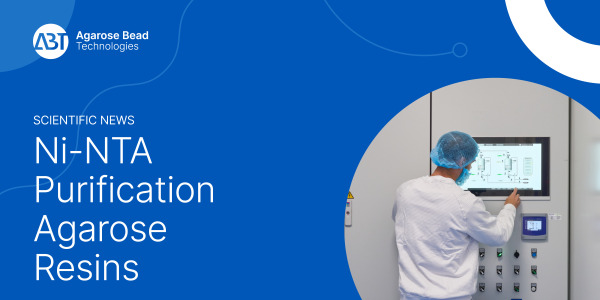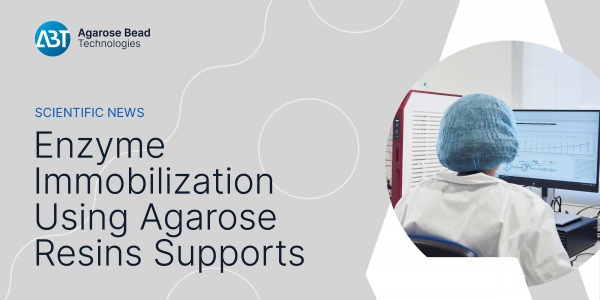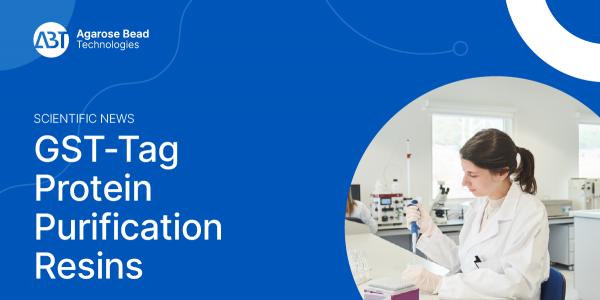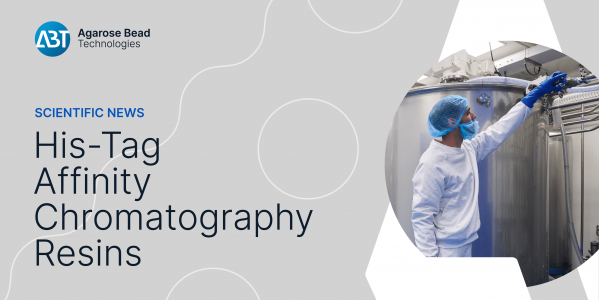News
Next Stop: BPI Boston 2025!
ABT returns to Bioprocess International Boston, where the future of bioprocessing from cell line and cell culture to downstream and next generation manufacturing, is showcased.
Read moreABT has been awarded the "Innovative SME" label by the Spanish Ministry of Science, Innovation and Universities
This seal confirms the company's commitment to research, custom development and innovation in the field of bioprocessing.
Read more"Developing a CEACAM1 variant with higher binding affinity to the TIM-3 receptor could have promising implications for immunotherapy"
TIM-3 is an inhibitory receptor expressed on various cells, including dendritic cells, T-helper 1 lymphocytes, and natural killer cells.
The binding of this protein to its ligand CEACAM1 causes T-cell exhaustion, a condition in which effector T cells lose their ability to proliferate and produce cytokines. Blocking this inhibitory receptor is considered an effective strategy for the treatment of cancer and related diseases. In this study, a recombinant protein with increased binding affinity to TIM-3 was developed and produced through protein engineering to block the inhibitory TIM-3 receptor.
Evidence has revealed that only the extracellular domain of CEACAM1 is sufficient for binding to TIM-3. By introducing mutations in the IgV domain of CEACAM1 at these positions, the aim was to increase the binding affinity to TIM-3 by selecting amino acids capable of forming hydrogen or ionic bonds. Mutant 39 was identified as the most appropriate CEACAM1 variant.
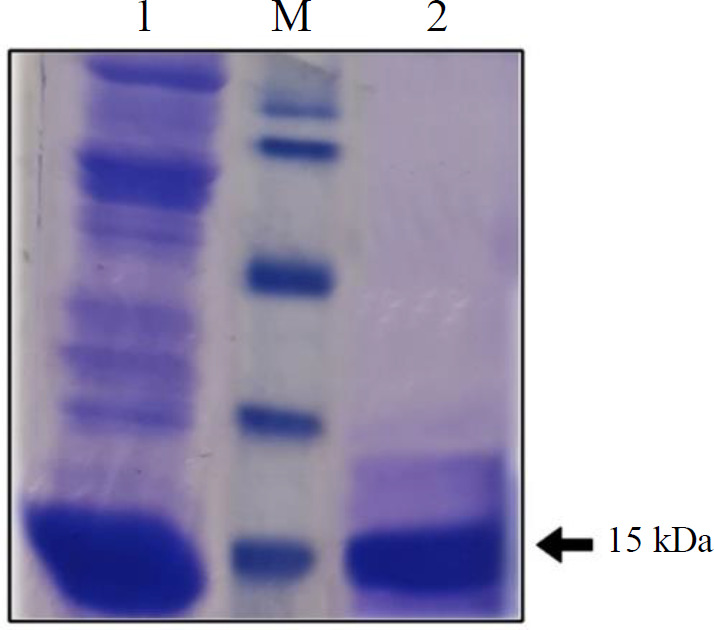
Figure 1. Protein analysis using 12% SDS gel electrophoresis. M, the molecular weight marker; lanes 1 and 2, proteins extracted from SHuffle T7 strain before and after purification by Ni+2-NTA chromatography, respectively.
ABT's Nickel NTA Agarose Resin is used in this article for recombinant protein purification. In this process, the agarose beads are conjugated with nickel ions, which have a high affinity for the histidine residues of the protein of interest.
With this ABT product, they can isolate or immobilize the recombinant CEACAM-1 variant 39 protein, obtaining a purified and homogeneous sample.
The study concludes that developing a CEACAM1 variant with higher binding affinity to the TIM-3 receptor could have promising implications for immunotherapy and the treatment of diseases associated with immune inhibition.
This highlights the potential of purifying proteins to modulate specific immune responses, opening new avenues for developing more effective therapies against cancer and other immune-related diseases.
- Hajihassan et al., Engineering a CEACAM1 Variant with the Increased Binding Affinity to TIM-3 Receptor, Iranian Biomedical Journal (2023).



